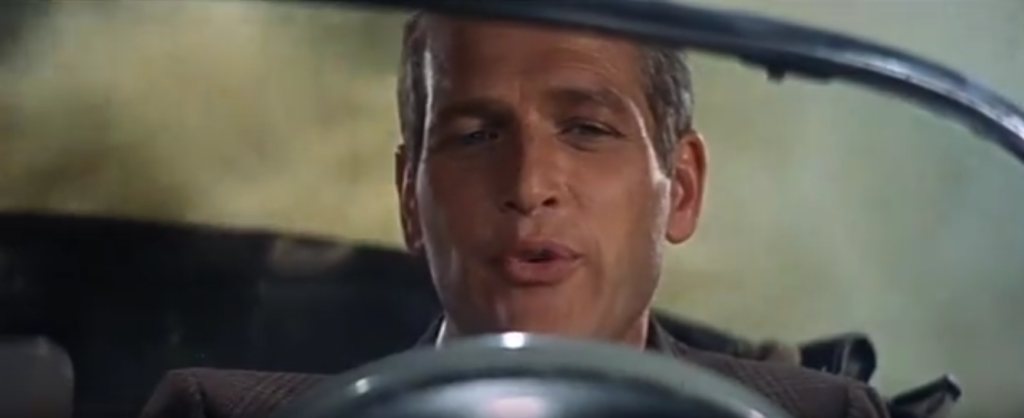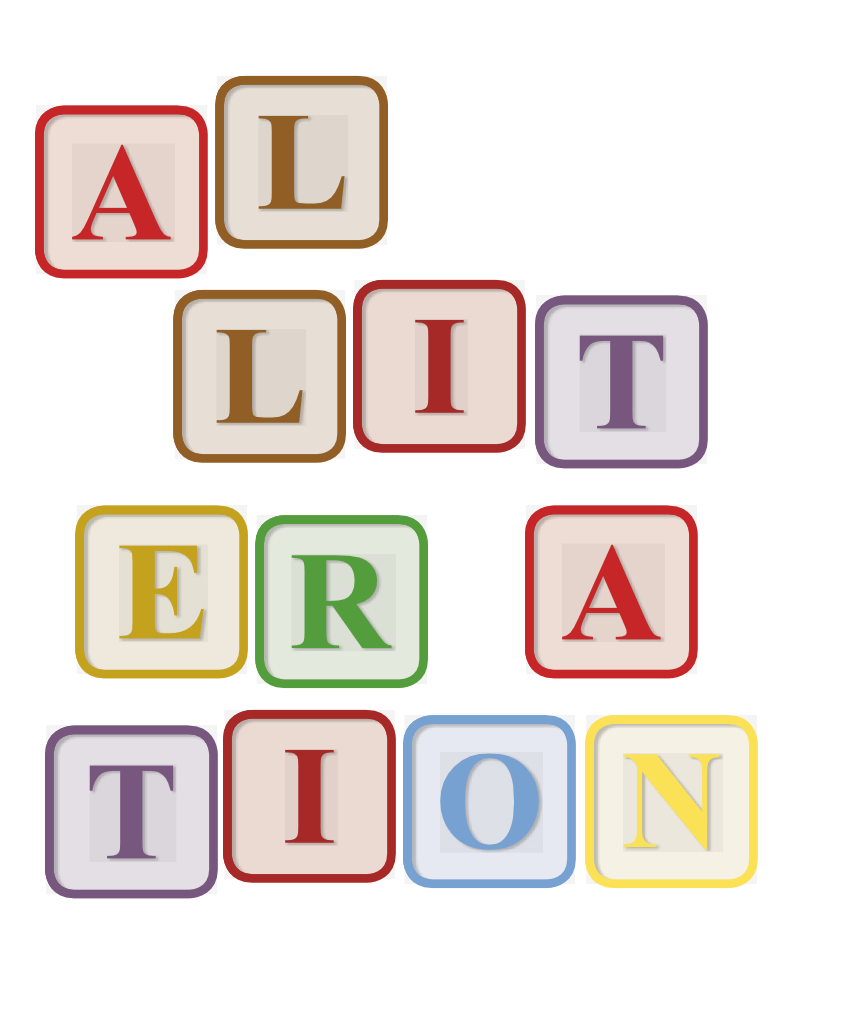by Mayumi-H | Jul 20, 2023 | Writing Challenges
Round 3 in the July 2023 #TeamWriter Challenge was to take one of the story starts from Round 2 and write a synopsis. I had never done a true story synopsis, so at first I wrote out an entire plot outline for my chosen story start. After I read a few articles and watched a couple of videos, I realized I’d done it the wrong way, so I then went back and tightened up my outline A LOT to fit the parameters of the challenge. It was a great learning process, though! At the end, I have a reasonably complete plot outline as well as a halfway decent story synopsis.
Here’s the tighter synopsis I shared with the #TeamWriter group for critique:
STORY SYNOPSIS:
Isa Keene, newly minted law school graduate and next in line in the prominent Keene legal dynasty, just wants to rekindle her long-deferred love affair with Kalle Swift when their tryst at the abandoned house on Peachtree Avenue is interrupted by the sudden brief appearance of the ghost of Kalle’s mother, Rona.
Rona won’t tell them why she’s there, and Kalle won’t rest until his mother’s ghost can. For the sake of both their hearts, Isa decides to help. Together, she and Kalle work to unravel the reasons behind Rona’s ghost: what happened when she died ten years ago, why she appears at Peachtree Avenue, and how to satisfy her troubled spirit. Standing in the way are Isa’s uncle Heath, the town sheriff who wants her to stay out of police business, and Isa’s mother Elise, the Keene matriarch who will do anything to ensure the prominence of their family name.
Isa and Kalle’s investigation of Rona’s death leads them through a twisted, hidden history entangling both their families, overflowing with forbidden passions, conspiracies and lies, and powerful people willing to kill to keep their secrets safe. In the end, Isa finds justice for Rona but at the cost of learning some horrifying truths about her family, and that the value of the Keene name is only as good – or as terrible – as their actions.
As they watch the demolition of the house on Peachtree Avenue, Isa and Kalle embark on a new path as paranormal investigators, Keene and Swift. Rona’s ghost appears a final time, smiles, and fades away.
CHARACTERS:
Isa (Elisabeth) Keene – Principal protagonist and POV character.
Kalle Swift – Secondary protagonist and Isa’s love interest.
Heath Keene – Isa’s uncle and the town sheriff. Antagonist.
Rona Swift – Deceased. Kalle’s mother. Died ten years earlier, reportedly in a hit-and-run accident. Appears only.
Elise Keene – Isa’s mother and the authoritative town judge. Antagonist.
Sherell Bisley – Reclusive psychic. Supporting character.
Nicklas Braun – Contemporary of Isa and Kalle and sheriff’s deputy. Supporting character, minor foil.
Frank Markowski – Deceased. Isa’s father and Elise’s husband (Elise kept her maiden name and passed it on to Isa for legacy reasons). Died nine years earlier, reportedly due to asphyxia caused by a drug overdose. Mentioned only.
CHARACTER DEVELOPMENT:
At the start of the story, Isa is indifferent to her family name and the privilege it provides. She resents it for the way people tease her about it. She simply wants to start her romance with Kalle in earnest now that he’s finally home. Her investigation into Rona’s death reveals the power her family has wielded over the town and how it has controlled its secrets for a decade. Isa learns that the influence of a family name can be important, especially when used for the wrong reasons. For the right ones, too, though, if someone like her is willing to make the change. As people in town are fond of saying, “Nobody says no to a Keene.”
by Mayumi-H | Feb 12, 2020 | BonusParts A to Z
I took a poll a few weeks ago about what this “C” post should be about. Since I didn’t give the option of Cookie, Character won out. (The other available options – Cursive and Color – I’ll touch on in other posts, since there were a few folks who showed interest in those.) But for now….
C is for Character
There are already a lot of books and articles out there focused on how to write great Characters, and it’s not my place to tell anyone else how to write their characters. Instead, I’ll tell you about how I write mine.
Beginning Concepts
Every one of my stories starts with a main character, and the main character’s conflict. This initial conflict can be very simple, like a young woman finding out she’s falling in love with her teenage rival, or quite complicated, such as a special forces bodyguard trying to help his assignment-turned-friend escape the government conspiracy rising up around them. From that conflict, a personality starts to emerge. Oftentimes, it takes the shape of a voice, a face, and a manner.
My characters have very distinct voices in my head. Some voices come in accents, such as Seven’s clipped Ukrainian enunciation. That character’s particularly precise way of speaking, without contractions, created a picture of a big man with a straight posture who walks and moves with an efficiency of effort. That became his manner and his form. The third basic part of Seven’s creation was his face. He had to be a good-looking man but also scarred by his past. I made that scar physical and on full display on his face, in contrast to its secrecy.
With those three basic building blocks in place, Seven was free to grow as I experimented with dialogue, situations, and relationships.
Telling Their Own Story
No character exists in a vacuum. Story beats and other characters, both major and minor, have an effect on them. As my characters’ voices become clearer and more distinct from each other in my head and on paper, they start to become more fully-realized people. And, I do think of most of my characters as people. They have lives before I pick them up, and they have lives that continue after I let them go. (The ones I don’t kill do, anyway.)
I’m a firm believer in letting characters run as free as they can. Of course, a story has to follow a plot, and a writer can’t let a plot get away from them. But there have definitely been times when a character’s voice has been so powerful that I’ve had to change the story to suit them. For example, in my Persona 4 story 1 More Chance!, Yukiko was originally going to marry Kou, as laid out at the start of the story. But as I began to write more of Yukiko, her own voice usurped my previously-laid plans, and she revolted against those plans. That led to a completely unexpected fourth arc of the story that I personally think works better than my original outline.
What Did We Learn?
My characters rarely start out as traditional archetypes. They may become that – or come closer to that – over their time in my stories, but I prefer to create not from a distinctive mold but from an amorphous and changeable possibility. To me, that’s what makes these characters people.
But what about you? How do you create your characters? Let me know in the comments or on social media!
by Mayumi-H | Jan 7, 2020 | BonusParts A to Z, Writing Challenges
BonusParts from A to Z
A: Alliteration
Welcome to the first post in my BonusParts A to Z theme year! Every 2 weeks or so, I’ll take a letter from the alphabet and choose a word or phrase that begins with that letter and write about what that word or phrase means to me and my writing. This being the first post, I’m starting with the letter A.
When I initially sat down to write this post, I thought I’d look at character names that start with A, since I have so many of them. Just off the top of my head, there’s Aksel, Alana, Amber, Anan, and Aral. But each one of those characters means something uniquely special to me, and I couldn’t put my finger down on just one to write about. So, I turned to my style. One technique I use a lot is Alliteration.
What’s Alliteration?
Alliteration, for anyone out of the know, is when the same sound occurs at the beginning of adjacent or closely connected words. Many tongue twisters employ alliteration, such as the popular Peter Piper picked a peck of pickled peppers. That repetitive hard P sound is alliterative.
People in the past have accused me of being a bit too in love with words. I don’t deny that. Words can create sadness or horror just as easily as they can beauty and joy. One reason I love stories is for their malleable structure. Of course, too much of anything is not necessarily a good thing. That said, every edit requires a concentrated effort to rein in the more whimsical flourishes that flitter off in my first drafts. Here’s one from my current work in progress….
He lay like a pale, dreaming doll, blindfolded, ball-gagged, and bound by long sashes of shimmering satin to the four corners of the bed. He was shirtless, and his trousers had been pulled open to the very last teeth of his zip. Crouched atop him was a petite woman who was mostly naked herself, save for a set of scarlet lingerie cut daringly from silk and lace. She turned at the interruption of their entrance, flame-red hair tumbling around her shoulders. While beautiful, she moved with a coordination that could more accurately be described as ruthlessness rather than grace.
That opening alliterative phrase – blindfolded, ball-gagged, and bound – came to me as many phrases do, as I was on the edge of wakefulness (a topic for another time). Using that basic phrase as a core, I built it out into a more complete description of the moment. I added more embellishments because they’re fun, and I ended up with the paragraph above.
When to use alliteration
Alliteration, like other stylistic devices, can be tricky to use. Too much, and it becomes messy and distracting. Not enough, though, and prose runs the risk of being boring. An editor or beta reader may read this and tell me to pull it back a bit. I myself might even go back in a later revision and decide that it goes too far. But for right now, I like it. And isn’t that what really matters?
How do you fashion phrases? Do you like alliteration? What would you tell me about the example paragraph above? Let me know in the comments section below!
by Mayumi-H | Dec 26, 2019 | It's My Life, Process
Writing Year in Review: 2019
Aside from publishing “Number Seven and the Life Left Behind,” my thriller novella, I didn’t achieve any writing milestones in 2019. On the other hand, I did write several thousand words in my sci-fi action novel, Riding Through the Dark. I started tearing apart Fearless, my romance novel, and sewing up a more thoughtful outline for it. I also hired an editor to do a developmental edit of my coming-of-age novella, “Finding Mister Wright”, and I started work on revisions there. But I don’t have anything concrete to show for those projects, yet.
Part of my difficulties with meeting goals this past year had to do with work and life interruptions. We can’t help those. One thing I discovered, though, was that my writing mindset increased whenever I got a little win. This usually came in the form of a reaction or comment to some kind of prompt. The tricky part of prompts is that they don’t always mesh with my stories or characters. So, I got to thinking: Why not control that by making my own prompts?
How to Prompt?
There are lots of different kinds of writing prompts: photos, phrases, key words, character traits. I don’t think I could name even most of them, let alone all! I know I need structure for my prompts, as well as variety. When considering which way I wanted to go, and taking into account my habits and style, I knew I couldn’t stick to just one format. Then I thought about time. The year has 52 weeks in it. The alphabet has 26 letters. Every two weeks, I could focus on one letter. That seemed easy, straightforward, and variable enough that I decided to go for it. Get ready for…
Writing in 2020: BonusParts from A to Z

I love writing stories. I also love talking about my stories. Nobody wants to listen, though, which is where this website comes in.
Every 2 weeks or so, I’m going to talk about my stories, from A to Z. The first post will be based on the prompt of “A”, and what “A” makes me think of when it comes to my stories. The next post, I’ll move on to the prompt “B”, and so on. I’m putting no restrictions on what I’ll write: It could be an article, a character sketch, a story excerpt, or some idea I haven’t come up with, yet. I’ll keep my focus to stories finished or already in progress. This is not the time to start completely new stories! I simply don’t have the time, haha.
My hope with this year-long challenge is that readers like you will learn something new about my stories and process, and maybe leave me some feedback. Even if I end up just shouting into the void, I think the more regular attention I’ll need to pay to my stories to keep these prompts going through the year will help me stay on-track with my larger writing endeavors.
What say you, friends and followers? Want to join me on my 26-week writing adventure? What are your writing goals for 2020?
by Mayumi-H | Sep 20, 2019 | Process
Beginnings and Woes
For many moons, I railed against the first-person point of view. That might have been influenced by Beverly Cleary, who used it to great effect in the children’s books that filled my youth. I associated first-person narrative with books directed at kids … and Victorian gothic tales, which are in many ways similar to children’s literature. (Don’t @ me. I specialized in Victorian Lit at university and I won’t be swayed in my opinion that those books are basically great, sweeping, gory morality tales. And I love them for that.)
When it came to what we’ll call popular modern adult fiction, though, my experiences with first-person POV were disappointing. What I read of it felt “shove-y”, like a teenager in desperate want of attention. Characters who wouldn’t shut up in their own heads, telling me what they were feeling all the damn time. In my own attention-grabbing behavior, I ended up throwing more than one book across the room because of it.
I realize now I was simply reading the wrong first-person POV books. Bad first-person POV books. Really, really bad ones.
The Turnaround
Around 2010, I became interested in detective stories. I’d always enjoyed police procedurals, and I’ve always wanted to write a detective story. The problem is, I’m not smart enough to come up with a crime to baffle a detective who’s reasonably good at their job. So, I started watching – and reading – the books on which some of my favorite TV detectives were based. At the time, that was Longmire and Inspector George Gently.
Craig Johnston (Longmire) and Alan Hunter (Inspector George Gently) are wonderful writers. It’s no wonder A&E (later Netflix) and BBC picked up their stories for televised popularization. Their writing is lively, witty, and, at its best, capable of lifting the reader out of their own self and into the lives of the characters on the page. And many of Hunter’s and all of Johnston’s stories are written in first-person! Due to my enjoyment of those series, I actively sought out other detective stories in the same vein. That’s when I discovered perhaps the greatest first-person crime novels of all time: Ross Macdonald and his weary but dogged private detective, Lew Archer.

It didn’t hurt that Lew was played onscreen in 2 films by the greatest actor of all time, Mr Paul Newman.
My life as a reader and as a writer has not been the same since.
Macdonald’s prose practically sings off the page into my head with every line. I’ve caught myself laughing aloud to Archer’s snappy repartee. Lew feels like a real man with real desires, hang-ups, and ambitions fulfilled and lost. The stories make me love being a reader, being able to enjoy a master – undisputed in my mind – working their craft. As a writer, the books inspire me to examine what I put down on my own pages, to write with clarity and purpose but never by sacrificing honesty and genuineness in the characters. I’ve found myself going back and re-reading all of the Lew Archer books multiple times, not just for the enjoyment factor but because each reading offers me new insight into craft, skill, and the characteristics of the first-person perspective.
The Future
When I read Ross Macdonald, I want to write as well as Ross Macdonald did. That’s not going to happen, but it’s a worthy goal. And every time I pick up my pen or open my laptop, I take that challenge to heart and try to put my best work forward. I’m even thinking of giving my own first-person noir a try.
What’s your take on first-person POV? Do you have a story that changed your mind one way or another? Let me know!




Recent Comments
The Real Person!
Author Mayumi-H acts as a real person and passed all tests against spambots. Anti-Spam by CleanTalk.
The Real Person!
Author Mayumi-H acts as a real person and passed all tests against spambots. Anti-Spam by CleanTalk.